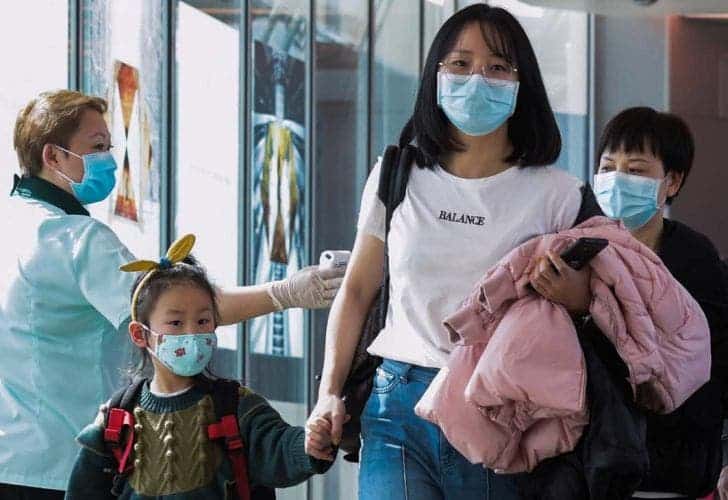About 3.4% of confirmed cases of coronavirus have ended up in deaths — much higher than previously estimated and well above the death rate of the seasonal flu at about 1-2%, the World Health Organization (WHO) has announced.

The spread of the virus around the world can still be contained, said WHO director Tedros Adhanom Ghebreyesus. If we can implement strong action, there is still a chance of containing the virus.
“COVID-19 spreads less efficiently than flu. The transmission does not appear to be driven by people who are not sick, and it causes more severe illness than flu. There are not yet any vaccines or therapeutics, and it can be contained, which is why we must do everything we can to contain it,” Ghebreyesus said in a press conference.
The WHO head emphasized that there are 122 countries without a single coronavirus case and another 21 with only one person infected by the virus discovered last January in the city of Wuhan in China.
But at the same time, he warned about the “rapid depletion” of protective equipment such as masks and lenses to the expansion of the new coronavirus throughout the world, calling manufacturers to “urgently increase the production”
“WHO has sent nearly half a million personal protective equipment to 27 countries, but the reserves are rapidly depleted,” he added. The WHO estimated that only this March will require 89 million chinstraps, 76 million gloves and 1.6 million protective glasses.
China has reported 90,893 cases (including 3,110 deaths), while outside that country there are 1,848 cases of coronavirus. 80% of the latter are concentrated in only three countries: Italy, South Korean and Iran, now challenged by a lack of protective equipment for medical personnel.
Ghebreyesus urged governments to continue implementing strong action but also urged manufacturers of protective gear (masks, gloves, and goggles) to increase production.
Data from the Chinese government shows that the mortality rate in the country is about 3.7 percent, with most deaths reported in Wuhan and the surrounding province of Hubei. But, as the virus travels fast around the world, the spread appears to be slowing in China.
In Italy, 27 more deaths were reported in the last 24 hours, bringing the total number of diseased so far to 79. The government announced new measures to contain the spread of the virus such as classifying areas of the country based on the level of risk and ordering people to keep a distance of one meter between each other.
Meanwhile, in the US, two people that died last week in Seattle were found to have been infected with the coronavirus. That increased the death toll in the US to nine, raising the alarm in the Seattle area, where all the deaths were detected. Local authorities are working to assess the risk in schools, medical centers, and businesses.
South Korea reported 516 new cases this week, bringing the total number of infected patients to 5,328, including 32 deaths. Nearly 90 percent of the patients were residents of Daegu, a southeastern city, and nearby towns. In Daegu, there were 4,006 patients, with more than half waiting for hospital beds.
In Japan, the number of infected people with the virus reached the 1,000 mark, with 706 of them being on the Diamond Princess cruise. Health Minister Seiko Hashimoto said the Olympics could be held later in the year, something dismissed by International Olympic Committee.
A higher fatality rate for Covid-19 is bad news, and it makes containment more important than ever. Despite the fact that there are already several Covid-19 clusters outside of China, WHO officials still believe we can contain the virus. It’s a story we’ve heard time and time again from Ghebreyesus: the window of containment is closing soon, but it is still open. For now, at least.






